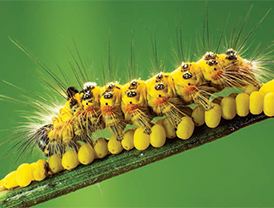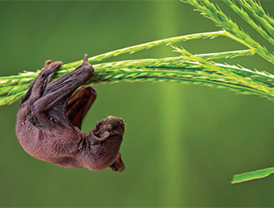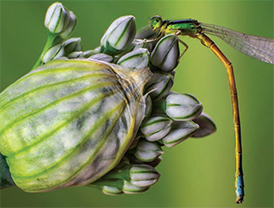
Yasir Mehmood – a designer from Islamabad, Pakistan, is a passionate nature and wildlife photographer. He is a creative person and an art lover. His creative journey began in 2009 when he bought his first D-SLR – an Olympus E-410. Being a designer, he is fond of creating new colour combinations and design patterns, which he observes in insects and other tiny creatures.
Says Yasir, “I observe insects as objects of beauty, who are as beautiful as any other element of nature and worthy of being photographed. For me, photography is not just a hobby; rather it is a tool of insight into nature”. Yasir does not have any sophisticated equipment and yet, his images are awesome.
Yasir can be contacted at yasirmehamood@gmail.com
Facebook:https://www.face,book. com/yasirwildlifephotographer
As told to Rohinton Mehta
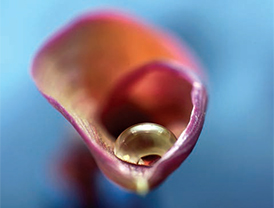
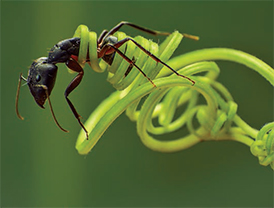
You have an eye for things small and beautiful. For the benefit of those who feel that they are limited by their equipment, tell us what equipment do you use? And how do you manage to get your required depth of field?
My equipment is very modest. I use a Nikon D5200 body with a Sigma 70-300mm lens. I don’t have a dedicated macro lens as yet but I wish to buy a Sigma 150mm f/2.8 macro in the near future. Shooting with the 70-300mm and extension tubes allow me greater working distance between the lens and the subject, which helps to improve on the depth of field. I also try and use narrow apertures like f/11 or f/14. I generally use the Manual exposure mode with a tripod and a shutter release cable, which further helps to avoid camera shake.
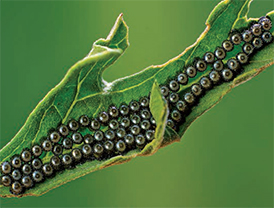
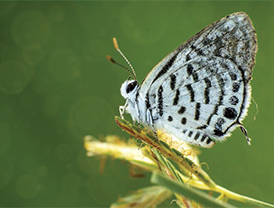
When I need more light, I use a Chinese flash-gun with a home-made diffuser that I have built using a plastic bottle, black card paper and reflectors. The diffuser is necessary as some subjects are reflective and the flash light can cause some areas of the subject to overexpose. I use a tripod most of the times but when I want to move quickly, I avoid it.
What is your shooting technique? As you must be aware, besides the subject, the background plays an important role. In nature, it is often very difficult to get a suitable background. To get a natural-looking background, I often use a large leaf, which can easily cover my small subjects.

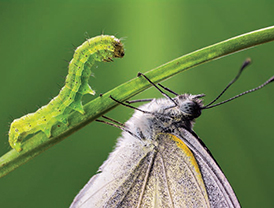
My camera body + 70-300mm lens + the extension tubes means that the combo is heavy. Hence, as I mentioned earlier, I use a tripod and a remote release to avoid blurry images. I also wait for the breeze to die down before taking the shots. I shoot in Raw, and do the basic editing like colour corrections using Photoshop CS6.
What inspired you to pursue macro photography?
As a designer, I love colour combinations and designs. Insects – the tiny creations of God – are marvelous in their colour combinations and patterns. I try to capture every tiny movement of such insects, which are an emblem of beauty. The beautiful colours, their design and their movement shows how organised their world is.
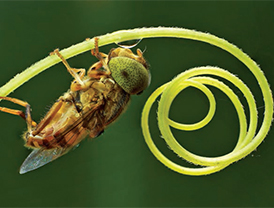
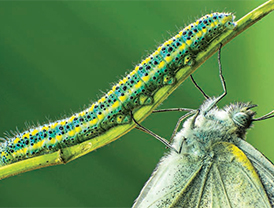
I would like to inspire people through the beauty of insects. As normal human eyes cannot capture these things, I would like to show these colourful insects to people through my photographs.
Tell us about your most satisfying achievements in this genre of photography.
One of my pictures was selected in Pakistan’s top 50 photographers’ list. I also had a picture accepted in a Nikon competition. A picture was also published in Photographic Art Society of Pakistan year book. My pictures have also been published in different international magazines like Camerapixo (5 times) and once on its cover, Wild Sojurns (India), Practical Photography (UK), SHOT!, Life Force and I Am Zain have carried my pictures. Another picture was selected for the ‘My World in Monochrome’ contest organised by ‘The Photographic Art Society of Pakistan’. I am also active on the National Geographic profile with pictures published in ‘Daily Dozen’.
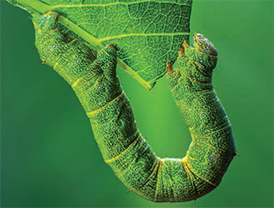
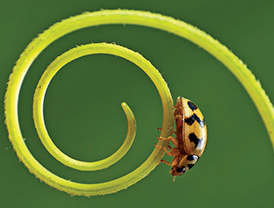
What advice would you like to give budding macro photographers?
If you want to achieve success in macro photography, be patient. This is the only way! You need to understand the limits of your equipment as well as the nature of insects. If you treat them like friends, then they will cooperate with you.
If you don’t have a macro lens, just buy extension tubes. It’s a good and cheap way to get closer to your subjects. Always use a tripod and take care of the background. Rely on your own passion and patience. |SP
